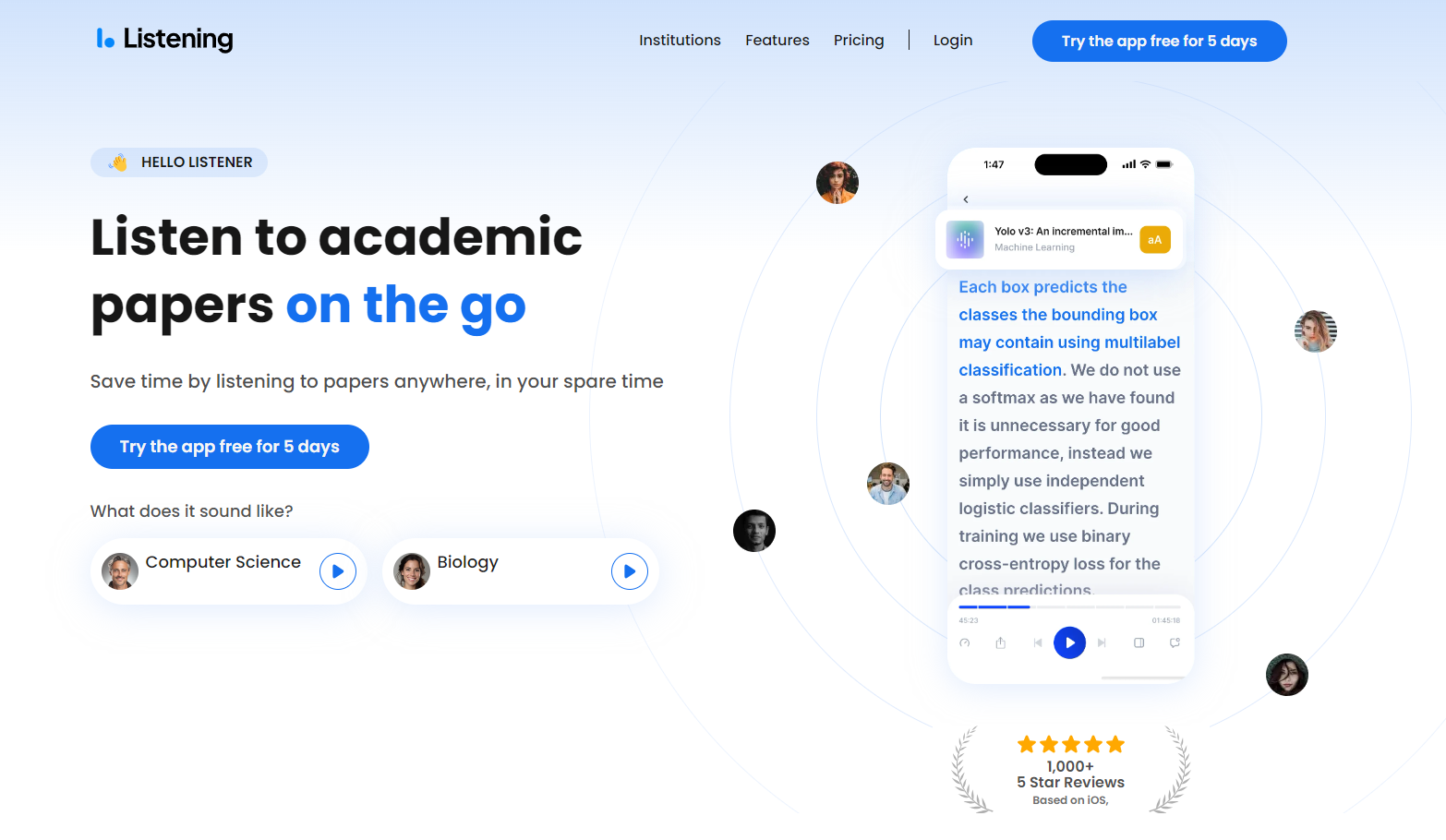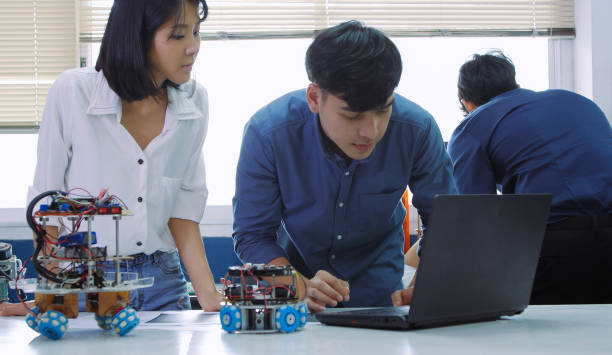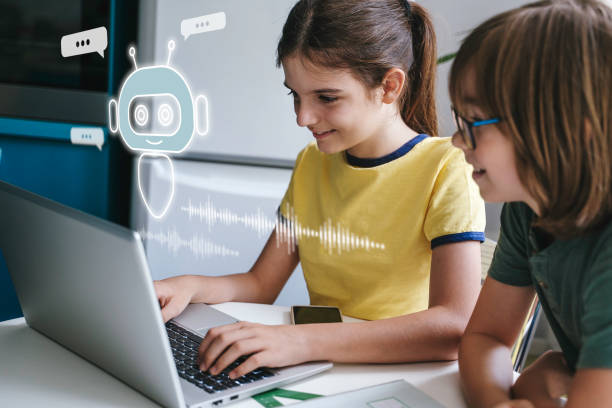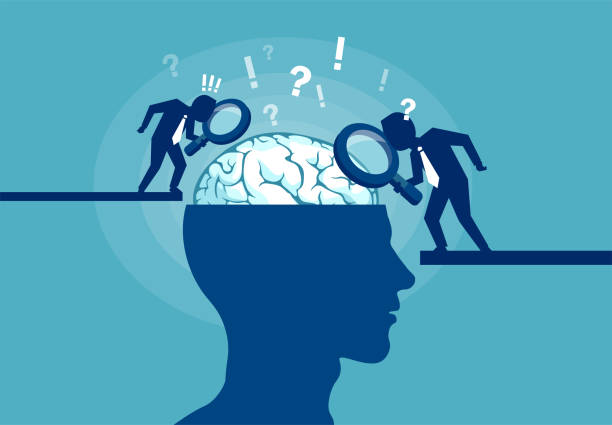5 Practical Uses of AI in Education
Artificial Intelligence or artificial intelligence (AI) is transforming industries across the board. Its potential to further human interaction and revolutionize higher education institutions and the sector of AI technologies is becoming increasingly clear.
Educators are recognizing the power of artificial intelligence in education and AI-driven solutions in classrooms and learning in higher education institutions. Ai in education is.
From personalized learning to intelligent and smart content creation and curation and school management, AI offers AI in education with practical applications to enhance education.
By leveraging AI's data-driven insights, artificial intelligence, and automation, schools and universities can support students, transform education, and empower teachers.
In this post, we'll explore five practical uses of AI in the education and computer science sector that are making a real impact on the teaching and learning process.
Artificial Intelligence (AI) in Education
AI has the potential to revolutionize education. It is AI technology in education that transforms learning from memorizing facts to helping students unlock their full potential through personalized experiences. This technology in education becomes more accessible, empowering educators to deploy AI tools and provide personalized digital learning.
Educators recognize the power of AI-driven solutions in classrooms. From personalized learning algorithms to intelligent content curation, AI offers AI in education with practical applications to enhance education.
By building AI solutions leveraging AI data and artificial intelligence in education through automation, schools support student success and empower teachers to focus on meaningful guidance.
This post explores five practical uses of AI in education, making a real impact on improving student performance. Whether you're a student, educator, or interested in artificial intelligence in education in the future, you gain a comprehensive understanding of how AI reshapes learning.
From personalized learning to a virtual learning assistant, tutoring, and predictive analytics, AI integration holds immense potential to improve outcomes and create a more engaging, accessible learning environment.
Explore the 5 Practical Applications of AI in Education

1. Personalized Learning
One of the most transformative applications of AI in education is its ability to enable personalized learning experiences.
Through the use of AI tools of adaptive learning algorithms, AI-powered systems can adjust the content, pacing, and delivery of educational materials based on the unique needs and abilities of each student's learning.
AI-powered personalized learning includes:
Adaptive Learning Algorithms
- These algorithms analyze student performance data to identify areas of strength and weakness.
- They then dynamically adjust the content, pace, and difficulty level to match the student's learning needs.
Identifying Knowledge Gaps
- AI systems can pinpoint specific knowledge gaps or misconceptions a student may have.
- They then provide targeted feedback and support to help the student overcome these challenges.
Tailoring Learning Experiences
- By understanding each student's learning preferences, AI can curate learning experiences that cater to different styles.
- This may include multimedia content, interactive simulations, or personalized coaching and guidance.
Examples of AI-driven personalized Learning Platforms

Listening.com: Listening.com uses AI to transform how students engage with auditory content. By adapting podcasts, lectures, and audiobooks to match the learner's comprehension level and interests, the platform offers personalized listening experiences that enhance understanding and retention.
Khan Academy: Khan Academy uses AI to provide personalized practice recommendations. The platform tracks a student's progress and progress and suggests exercises that match their skill levels and learning needs. It also offers instant feedback and hints to help students learn more effectively.
Dream Box: Dream Box Learning is an adaptive math platform that adjusts the difficulty and types of problems based on real-time student performance. Its AI engine analyzes over 48,000 data points per student per hour to further tailor lessons and the learning experience, ensuring that each student is challenged appropriately.
By leveraging the power of AI, educators can create truly individualized learning pathways that empower individual students to progress at their own pace and maximize their potential. This personalized approach helps ensure that no student falls behind and that each individual's unique learning needs are addressed.
2. Automated Grading and Assessment

AI's impact on education extends to automating grading and assessment, where AI-driven systems efficiently evaluate student assignments, exams, and other tasks, offering teachers substantial time-saving advantages.
AI-powered grading and assessment include:
Efficient Grading
- Analyze student submissions and provide accurate grades in a fraction of the time it would take a human teacher.
- This frees up valuable teacher time that can be redirected toward more meaningful interactions and guidance.
Instant Feedback
- In addition to assigning grades, AI grading systems can provide instant feedback and insights to both students and teachers.
- Students receive timely, detailed feedback to help them understand their strengths, weaknesses, and areas for improvement.
Data-Driven Insights
- By analyzing the performance data collected through automated grading, AI systems can provide teachers with valuable insights not to replace teachers.
- These insights can inform lesson planning, identify areas that require more attention, and help teachers tailor their approach to support student learning better.
Examples of Automated Grading Tools
Several platforms and tools utilize AI for automated grading and assessment:
Gradescope: Gradescope, developed by Turnitin, uses AI to assist teachers in grading assignments and exams. The platform can handle various types of questions, including multiple-choice, short-answer, and written essays only. It provides consistent grading and detailed feedback, helping educators save time and maintain grading standards.
EdX: EdX, an online learning platform, uses AI to grade assignments and provide feedback in its courses. The platform's automated grading system is particularly useful for large-scale online courses, where manual grading would be impractical.
CodeSignal: CodeSignal uses AI to assess coding assignments and technical writing skills. The platform evaluates code for correctness, efficiency, and style, providing detailed feedback to help learners improve their programming skills.
By replacing teachers with time-consuming tasks doing administrative tasks and further automating administrative tasks in the grading and assessment process, AI enables teachers to devote more time to individualized instruction, hands-on activities, and meaningful discussions with their students. This, in turn, can lead to improved learning outcomes and a more engaging educational experience for all.
3. Virtual Tutoring and Assistants

AI-powered virtual tutors replacing teachers and assistants are already revolutionizing education and the way students can access support and guidance outside the traditional classroom attend school setting.
These intelligent chatbots and virtual tutors can provide 24/7 assistance, answering questions, explaining concepts, and offering step-by-step problem-solving support.
AI-driven virtual tutoring and assistants include:
24/7 Availability
- AI-powered virtual tutors are available around the clock, allowing students to access support and guidance whenever they need it.
- This is particularly valuable for students who may have limited access to in-person tutoring or who prefer the flexibility of on-demand assistance.
Answering Questions and Explaining Concepts
- This AI tutor can understand natural language queries and provide clear, concise explanations of course material, ideas, and problem-solving approaches.
- They can break down complex topics into manageable steps, helping students develop a deeper understanding of the subject matter.
Personalized Problem-Solving Support
- Virtual tutors can offer step-by-step guidance to help students work through challenging problems or assignments.
- By leveraging natural language processing, they can engage in dynamic, interactive exchanges to ensure students arrive at the correct solutions.

Examples of Virtual Tutoring and Assistants in Use
Several other virtual reality and augmented reality and tutoring systems have gained prominence for their effectiveness in enhancing student learning:
Carnegie Learning: Carnegie Learning offers AI-driven math tutoring systems that provide personalized instruction based on individual student needs. The platform uses data analytics to adapt lessons in real time, ensuring that each student receives the right level of challenge and support.
Duolingo: Duolingo is a popular language learning app that utilizes AI to customize lessons and practice exercises for users. The app tracks user progress and adapts the difficulty of exercises to match their proficiency level, offering a gamified and engaging learning experience.
ALEKS (Assessment and Learning in Knowledge Spaces): ALEKS is an adaptive learning platform for education that offers personalized tutoring in subjects like math, science, and business. It assesses students' knowledge gaps and provides targeted instruction to help them master difficult concepts.
By integrating these AI-powered virtual learning assistants and assistants into the learning ecosystem, educators can provide students with an additional layer of support and resources to complement traditional classroom instruction. This can lead to improved academic outcomes, increased engagement, and a more personalized student learning experience.
4. Intelligent Content Curation

Through the use of advanced data analysis and machine learning techniques, AI can identify and recommend relevant materials that align with individual student needs, interests, and learning objectives.
AI-powered intelligent content curation includes:
Identifying Relevant Resources
- AI algorithms can scour vast databases of educational content, including textbooks, articles, videos, and interactive simulations.
- They can then identify the most relevant and high-quality resources based on factors such as alignment with curriculum standards, depth of coverage, and pedagogical effectiveness.
Personalized Content Recommendations
- By understanding each student's unique learning profile, AI systems can curate content that is tailored to their specific needs and preferences.
- This ensures that students are exposed to materials that are engaging, challenging, and optimized for their learning styles.
Efficient Lesson Planning
- With AI-powered content curation, teachers can quickly and easily supplement their lesson plans with a wealth of personalized, high-quality resources.
- This saves valuable time that can be redirected toward more meaningful instructional activities and interactions with students.
Examples of Intelligent Content Curation Tools
Several platforms and tools leverage AI for intelligent content curation in the education market:
EdCast: EdCast uses AI to deliver personalized learning content to users. The platform curates resources from a variety of sources, including internal company content, external publications, and expert-created material, to provide tailored learning experiences.
Coursera: Coursera employs AI to recommend courses and learning paths based on individual learner data. By analyzing user behavior and preferences, Coursera suggests relevant courses and learning materials that align with the learner's goals and interests.
Sutori: Sutori is a digital storytelling tool that uses AI to curate educational content for interactive learning experiences. The platform helps educators create and share multimedia-rich stories, lessons, and projects tailored to their students' needs.
By empowering educators with artificial intelligence and intelligent content curation, AI can help ensure that students have access to the most relevant and engaging educational materials, further enhancing the personalized learning experience and supporting improved academic outcomes.
5. Predictive Analytics and Early Intervention

Beyond personalized learning, automated grading, and intelligent content curation, AI can also play a pivotal role in identifying and supporting at-risk students through the power of predictive analytics and early intervention.
AI-driven predictive analytics and early intervention include:
Identifying At-Risk Students
- AI systems can analyze student data, including academic performance, attendance records, and behavioral patterns.
- By identifying patterns and anomalies, these AI algorithms can detect students who may be at risk of falling behind or struggling academically.
Providing Early Warnings and Interventions
- Once at-risk students are identified, AI can trigger early warning systems to alert educators and provide recommendations for targeted interventions.
- These interventions may include personalized tutoring, counseling, or adjustments to the student's learning plan to help them overcome their challenges.
Data-Driven Decision Making
- The insights gleaned from AI-powered predictive analytics empower educators to make more informed, data-driven decisions about resource allocation and support.
- This allows schools and universities to proactively address student needs and optimize the use of available resources to improve overall learning outcomes.
Examples of Predictive Analytics Tools in Education
Several predictive analytics tools have been developed to support early intervention in educational settings:
IBM Watson Education: IBM Watson uses AI and predictive analytics to help educators identify students needing additional support. It analyzes academic performance, social factors, and other data to provide insights and recommendations for personalized interventions.
BrightBytes: BrightBytes is an educational analytics platform that uses predictive models to identify at-risk students and suggest targeted interventions. It helps schools make data-driven decisions to improve student outcomes.
Civitas Learning: Civitas Learning offers a suite of tools that leverage predictive analytics to enhance student success. Its platform provides actionable insights to educators, enabling them to implement early interventions and support at-risk students effectively.
By harnessing artificial intelligence using the power of AI to identify and support at-risk students, educational institutions can ensure that no student falls through the cracks. This early intervention approach not only helps individual students succeed but also contributes to the overall betterment of the educational system as a whole.
AI's Integration into the Education Sector
AI's integration into education is transforming traditional learning paradigms, offering innovative solutions that cater to student's individual learning needs and enhance overall educational outcomes.
From personalized lesson plans and virtual tutoring to predictive analytics, intelligent content curation, and grading tests, AI-powered solutions have revolutionized the way educators teach and students learn over the last few decades.
These advancements not only assist teachers in improving efficiency and engagement by automating tedious tasks but also ensure that education is more accessible, providing universal access and equal opportunity for students with visual or hearing impairments through tools like digital textbooks and speech recognition software.
As AI continues to evolve, its role in education will undoubtedly expand, fostering a more dynamic and responsive learning environment that better prepares students for real-world scenarios.
However, the project aims to integrate AI into education while considering the critical ethical considerations around relying on AI to shape young minds. AI should be used to supplement human instruction and nurture critical thinking skills, not replace the vital role teachers play in helping students learn and grow.
Free trial
Easily pronounces technical words in any field




